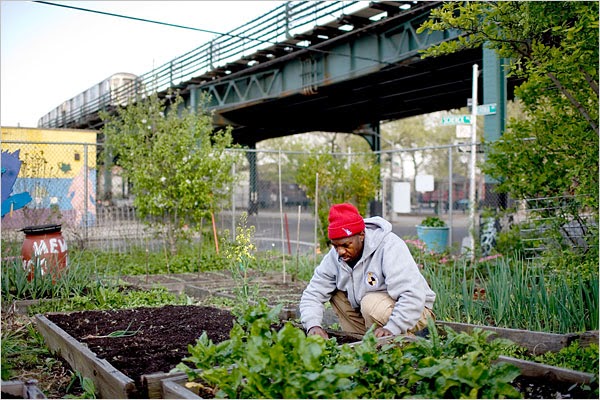Urban Farming
Many people take for granted the freedom of being able to walk into a grocery store or
supermarket and purchase any kind of fruit or vegetable on display. However, these modern
conveniences are looking increasingly more precarious due to the growing concern that
Genetically Modified Organisms (GMO) foods are entering the market. More and more people 
are investing in community farms or deciding to turn their lawns into small farms. For many it’s a
direct response to the threat of GMO foods. Companies like Monsanto have received the ire of
many for it’s promotion of providing GMO foods without any labeling whatsoever.
The fact that GMO foods have not been studied for their effects on human beings has caused
many to avoid these products. No one wants to be the guinea pig for Monsanto but when you go to a grocer and purchase a tomato that has been genetically modified, that’s exactly what you’re
doing.
Another reason why more people are urban farming is because it can save money. A 1.99 pouch
of tomato seeds can yield up to 40 tomatoes for example. There is also the fact that many
survivalists are concerned with being self-sufficient, especially in the face of expanding
populations and the threat of food shortages.
There are now a number of web sites and publications that take the novice through the process of
transforming their lawns into places where food can be grown. “Grow Food, Not Lawns” has
become the motivational mantra of those who promote this new concept.
In cities like Philadelphia, where there are a myriad of unused lots and open spaces where there is
nothing but trash and litter strewn on top of unkempt grass, this method of farming can be
utilized to change the urban landscape. Of course, in many areas this would require a concerted
effort that would involve the community but the potential is there.
